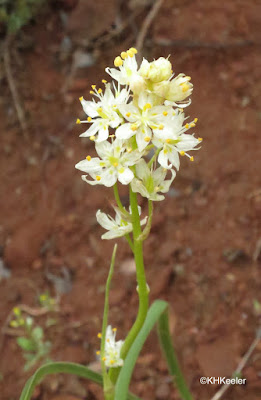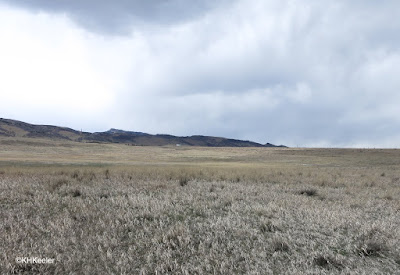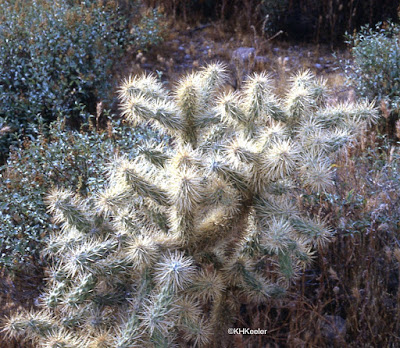 |
| oleander: very beautiful, very poisonous |
Some plants repel the animals that would eat them with spines (
previous post). But other plants are poisonous. If you can keep animals off with spines, why wait until they bite to marshal a defense?
The answers to that will depend on the plant, of course, but one explanation is that not all the animals that would eat a plant are put off by spines. Spines or thorns long enough to hurt a deer may be totally ignored by a small moth that lands between them and lays eggs that develop into voracious plant-eating caterpillars.
The Society for Economic Botany, focused on the study of useful plants, recently estimated that half of the world's 400,000 plants could be eaten (
link). Which lets me suggest that the other half are
not edible, many of them protected by toxins that make nibbling them a really bad idea. The link I just cited above goes on to say many of the plants we eat are actually toxic as well. Cassava, for example, requires treatment to be safe to eat, and potatoes and rhubarb have toxic leaves, so we don't eat their leaves.





